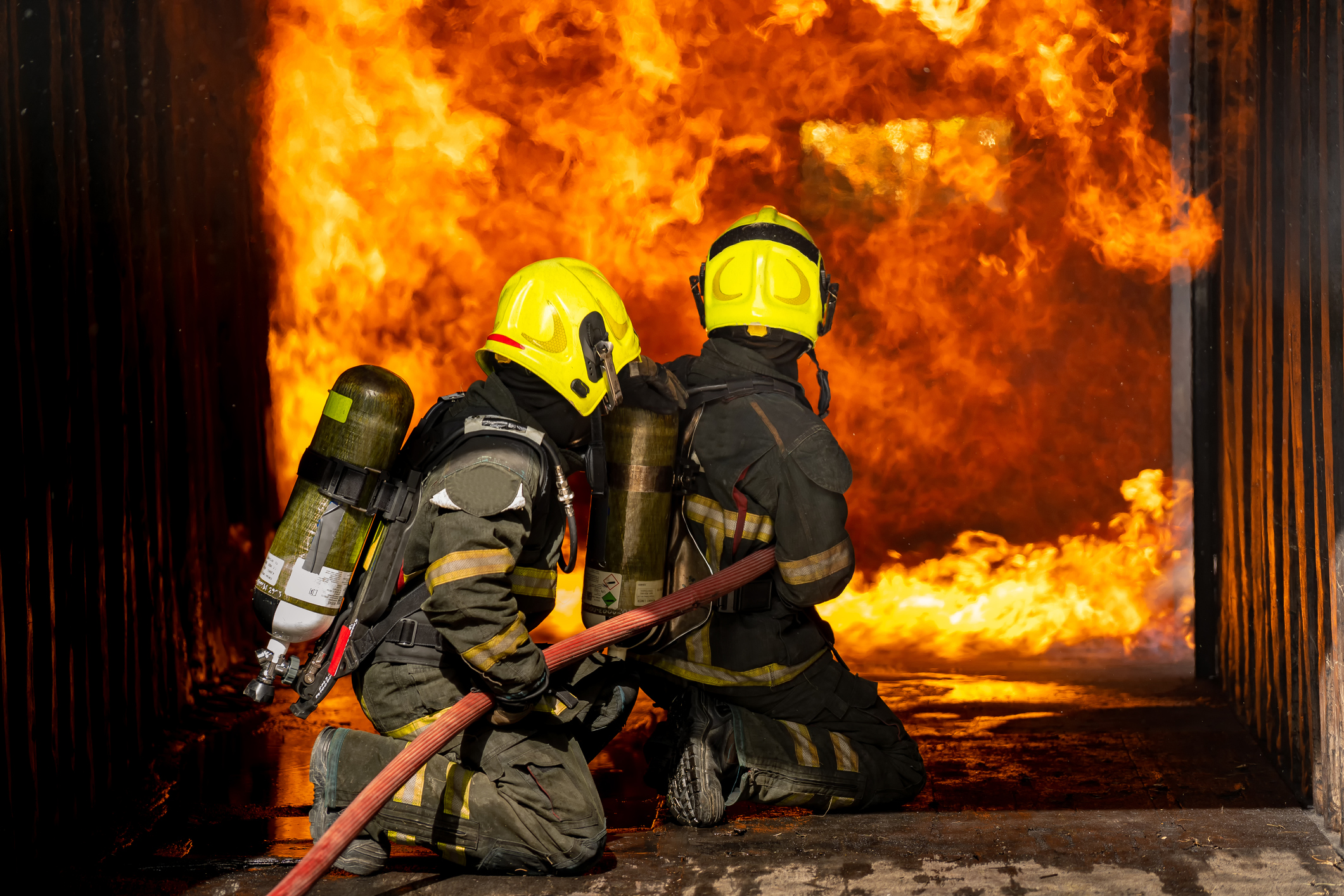Paint Factory Fire: A reminder on how to stay safe when working with Solvents, Chemicals and Fumes
Published on Posted onPlease note that this post was written for Victorian audiences and the information within may not apply to other regions.
A Paint Factory in Dandenong was recently engulfed in a fire as a delivery of solvents and chemicals were being unloaded when a large explosion and subsequent fire occurred. Unfortunately, three workers were in the proximity of the blast, which lead to two of the workers being taken to hospital for injuries and one fatality. This occurrence is another reminder of the dangers of the risk workers can face when working within these factory settings, especially one containing an array of chemicals.
Volatile Organic Compounds
Paint contains volatile organic compounds (VOC’s), exposure to the compounds can lead to short and/or long-term health effects including respiratory conditions and cancer. These compounds can be a risk to not only those who work at these factories but also those who live in the vicinity of them. Especially in the case of a factory fire, those who live in the surrounding areas can be affected by toxic fumes.
You can find some of the typical carcinogens that pose a risk below:
- Toluene
- Xylene
- Benzene
- Dichloromethane
- Formaldehyde
- Trichloroethylene
- Acetone
- Ethanol
- Propylene glycol
- Glycol ethers
- Styrene
The above list highlights the dangerous chemicals that workers may encounter when working within painting and coating occupations, especially if these occupations take place within enclosed spaces. Without the appropriate ventilation and airflow, workers are more likely to breathe in these fumes that can cause serious illness and in the case of the paint factory in Dandenong, serious injury.
Adverse Health Effects
Exposure to the fumes whether it be in an enclosed workplace or through the result of a chemical fire puts people at risk for both short term illnesses and debilitating health conditions that can last a lifetime. Conditions from VOCs tend to be short term that those exposed can heal from with the appropriate medical supervision. These effects include
- Eye irritation
- Headaches
- Breathing difficulty
- Nausea
- Loss of Coordination
Carcinogens such as Benzene have been linked to more serious and potentially fatal conditions such as cancer and liver damage. This class of paint is considered more dangerous as that both skin contact and inhalation can put workers or those who live in proximity at risk. With a Carcinogen like Benzene, it is important to utilized controlled measures to avoid exposure, such as a paint suit.
Keeping Safe around Paint Fumes in the Workplace
Minimizing the effects of VOCs and carcinogen inhalation is typically done through a workplace supplying proper ventilation and respiratory protection. Employers must maintain exhaust systems and ensure that employees have access to respirators when working indoors or in spaces that can cause harm to workers (i.e. a room with high levels of toxic fumes).
Workers must also wear adequate protective equipment and disposable clothing such as Coveralls, Foot Protection and Gloves.
What to do when exposed to Toxic Fumes
If you or someone you know has worked in an occupation in which there may have been exposure to a hazardous or carcinogenic substance or dust it is recommended that the person, see their general practitioner or specialist to determine if they have any conditions or diseases due to the nature of their employment. Given that the period between exposure and the onset of symptoms can be lengthy by decades for some diseases and illness, early preventative measures and detection is recommended. We also recommend you contact our specialist legal team who can help support you through this process.
You can find more blogs related to this topic below:


